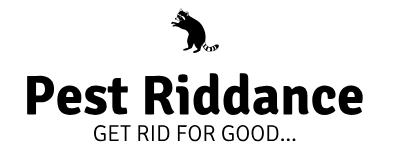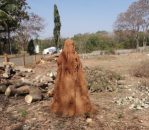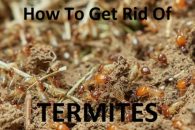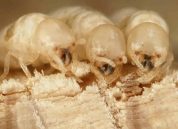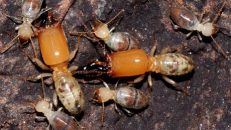Termite excrement, otherwise known as frass, is the fine powdery refuse that is left by insects that burrow and a sign to look out for when you’re suspicious of an infestation.
Termite poop is your best chance of identifying an infestation due to the allusive nature of these pests.
Contents
Is sawdust a sign of termites?
No. Many people often think termites create sawdust and take it as a sign of an infestation but this is not the case.
On the other hand though, the excrement produced does resemble saw dust so it’s not uncommon for people to make that mistake.
If you do happen to spot something that resembles saw dust around your home then it’s time to contact pest control.
What does termite frass look like?
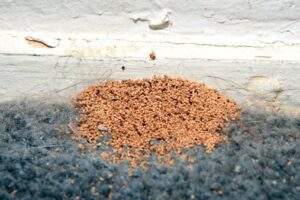
Pile of termite excrement
It slightly resembles couscous, Bulgar wheat and coffee grains but I highly doubt that the taste is anything similar and definitely wouldn’t recommend trying it.
As you can see from the image it’s pretty obvious why it can be mistaken for sawdust.
You need to be on the look out for small pellets, you’ll need a magnifying glass to be sure that it is frass.
Many people consider them to look like deflated footballs when you view them through a magnifying glass or microscope.
You can expect to find them next to any part of the house that is made up of dry wood, this can be window frames or baseboards around your home.
The termites will usually make a small exit hole from their home and this is where they will push out all of their waste so another sign that it is indeed an infestation and not sawdust is looking out for those holes near to the piles.
Drywood termite frass
As these are the most common home invader of the species these are the ones that leave frass behind.
A great fact about this species is that they like to keep their tunnels clean and due to this they push all their excrement out through small holes in their tunnels.
This is why you may find large piles next to some areas of wood within your home, whilst it’s terrible that the termites are damaging your home, it’s a blessing that they do this otherwise it would be next to impossible to notice them until a huge amount of damage has been done.
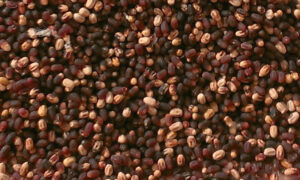
Magnified drywood termite frass
Due to living off drywood, hence the name, their frass is dry and a very small pellet shape and this is why it’s often mistaken for sawdust.
The wood they are surviving off will dictate what colour the frass is, often ranging from a light beige to a black colour.
Often, frass is the only way to identify that you have an infestation so be diligent when trying to identify something that you initially might pass off as sawdust.
You must ensure that you DO NOT just sweep or vacuum it away before being 100% sure that you have identified it correctly as this small mistake could cost you thousands in repairs.
Subterranean termite frass
This type leaves their faeces in damp wood and it’s unlikely that you’ll encounter any out in the open. They do this as a method of protecting themselves from predators as this helps keep their colonies hidden.
So if these are the type that have invaded your home then they may not be discovered until the wood they reside in is broken apart.
However, they do sometimes leave piles under the wood that they reside in but other ways to identify this sub species is by the mud tunnels that they create above surface to navigate around to some areas that are inaccessible underground.
Termite droppings but no termites?
It’s often a mistake that people make, seeing the droppings but not the termites and thus assuming that they do not have an infestation.
This assumption is dangerous to your property and is a alarmingly common mistake.
Termites very rarely venture out of their home so the frass is your best chance of identifying the problem before it becomes too severe so don’t just assume there is no infestation just because you don’t see the pest themselves.
